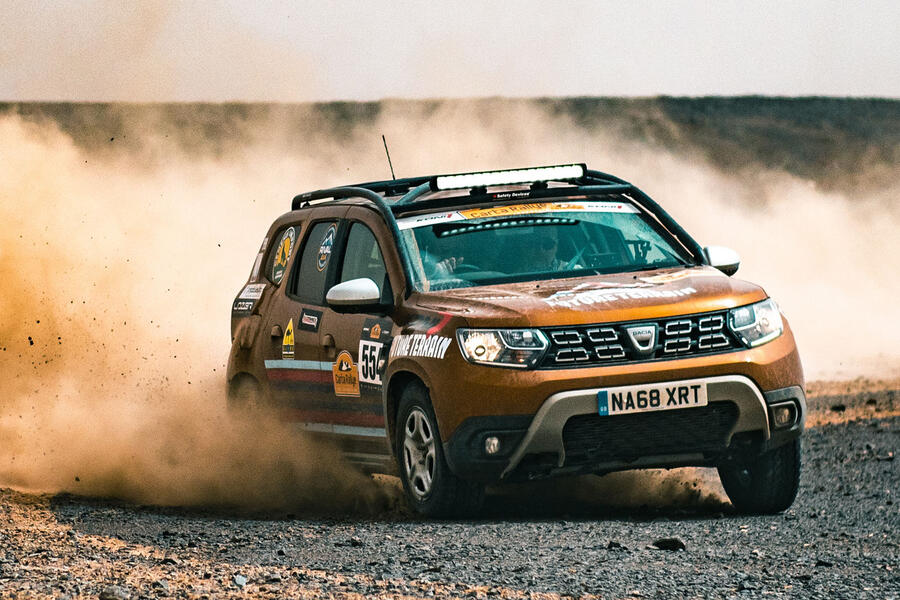The difference between light duty (LD) and heavy duty (HD) trucks lies in their towing capacity and design.
The HD truck can tow up to 18,500 pounds, while the LD truck has a tow rating of 8,700 pounds. However, when equipped with additional features such as steel front and rear bumpers and boron skid plates, the HD truck can become much heavier, weighing in at 8,495 pounds, which may not be ideal for off-roading.
The HD Bison is primarily designed as a tow rig for off-road vehicles, allowing users to unload their gear and venture off the pavement. On the other hand, the LD Bison lacks the same off-road capabilities and only offers armoring without improved suspension or larger tires.
The decision to introduce HD and LD versions of the Bison was influenced by the popularity of the ZR2 and ZR2 Bison packages on the mid-sized Colorado. The inclusion of a base diesel engine in both the LD and HD trucks adds to their appeal, especially since the Colorado is now only available with a gasoline engine.
For buyers seeking a full-sized pickup truck with the best of both worlds, choosing between the LD and HD Bison can be a bit challenging. While both trucks are capable of more than expected, the difference between LD and HD at Chevrolet is not as significant as the difference between 1500 and 2500 classes at Ram or Ford.


